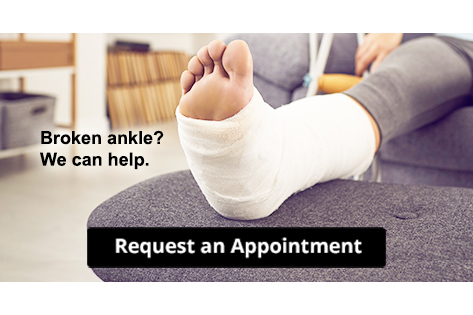
Foot pain in older people is often a result of various factors, including structural disorders like corns, calluses, nail disorders, bunions, and hammertoes. In addition, foot pain in older adults may be caused by systemic conditions such as osteoarthritis, rheumatoid arthritis, gout, and diabetes. This pain can significantly restrict mobility, inhibit daily activities, affect balance, and diminish overall quality of life. Seeking help from a podiatrist is essential for dealing with the many types of foot pain brought on by the aging process. Podiatrists specialize in addressing foot and ankle problems, offering expertise in assessing, diagnosing, and treating conditions specific to the feet. With their guidance, older individuals can receive personalized care aimed at relieving pain, improving mobility, and improving well-being. For help with foot pain, it is suggested that you make an appointment with a podiatrist.
Proper foot care is something many older adults forget to consider. If you have any concerns about your feet and ankles, contact one of our podiatrists from Advanced Foot & Ankle Medical Center . Our doctors can provide the care you need to keep you pain-free and on your feet.
The Elderly and Their Feet
As we age we start to notice many changes in our body, but the elder population may not notice them right away. Medical conditions may prevent the elderly to take notice of their foot health right away. Poor vision is a lead contributor to not taking action for the elderly.
Common Conditions
- Neuropathy – can reduce feeling in the feet and can hide many life-threatening medical conditions.
- Reduced flexibility – prevents the ability of proper toenail trimming, and foot cleaning. If left untreated, it may lead to further medical issues.
- Foot sores – amongst the older population can be serious before they are discovered. Some of the problematic conditions they may face are:
- Gouging toenails affecting nearby toe
- Shoes that don’t fit properly
- Pressure sores
- Loss of circulation in legs & feet
- Edema & swelling of feet and ankles
Susceptible Infections
Diabetes and poor circulation can cause general loss of sensitivity over the years, turning a simple cut into a serious issue.
If you have any questions please feel free to contact our office located in Thousand Oaks, CA . We offer the newest diagnostic and treatment technologies for all your foot and ankle needs.




